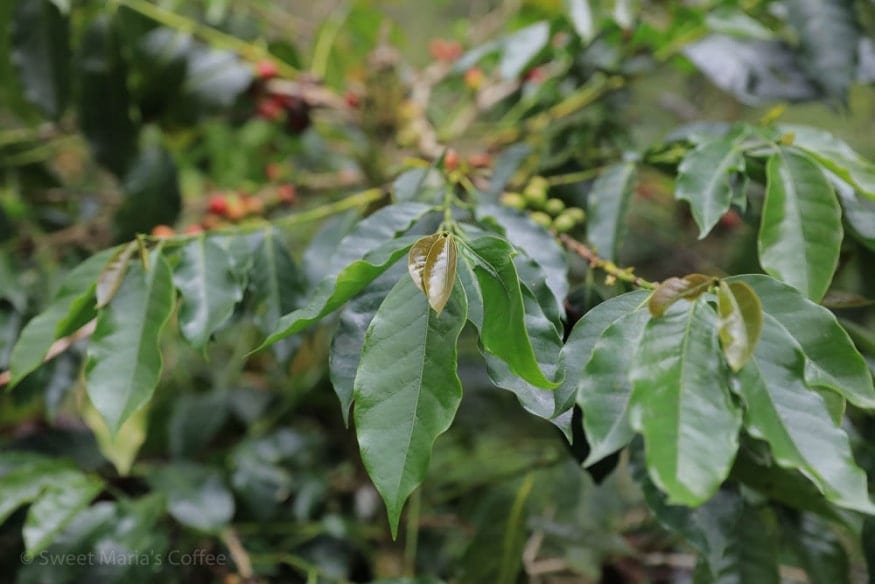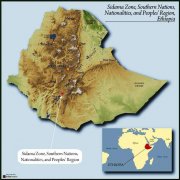Peruvian coffee producing areas and coffee growing types are all Peruvian coffee organic?
Peru lies in the west of South America. Peru has been producing coffee since the 1700s. Peruvian coffee growers usually have small farms, but these growers have a reputation for producing high-quality shaded Arabica beans.
The coffee industry is Peru's main industry, and coffee is the country's largest export. Peru is actually a major producer of organic coffee. Peru is one of the leading producers of Fairtrade coffee.
Fair trade is a system that helps protect smallholder farmers and workers who produce many different products. Products such as coffee, cocoa, cotton, bananas, tea and sugar are usually grown by small farms and small farmers, while workers are traditionally used by large companies without paying the best prices for their products.
When products such as coffee beans are Fairtrade certified, the people who grow, select and package the coffee have paid fair market prices for their goods and services. Buying Fairtrade products can stop the injustices faced by many poor farmers and workers.

What kind of coffee do you grow in Peru?
There are three main coffee growing areas in Peru. The three growing areas are Chanchamayo, Amazon and St. Martin. All of these areas are located on the eastern slopes of the Andes, where elevations are conducive to the production of coffee plants.
Most coffee plants in Peru are Arabica varieties. 70% of coffee from Peru comes from an Arabica coffee variety called Typica. The vast majority of coffee plants in Peru grow in shaded areas, which affects the flavor of the coffee they produce.
Is all Peruvian coffee organic?
Peru has about 220000 acres (or 90000 hectares) of organically grown coffee plants. Almost all organic coffee is produced by small independent farmers' cooperatives in northern Peru.
What can coffee beans grown from Peru expect?
Peruvian coffee is usually low in acidity and light in body. However, this is a very delicious coffee, very fragrant. Peruvian coffee is often used as part of blended coffee because it is very easy to understand and mixes well with other coffee varieties.
Many deep-roasted coffee is made from Peruvian coffee because it retains a good flavor even after heavy roasting.
Typical Peruvian coffee has vanilla or nutty flavors. The background colors are very subtle, but they bring a unique flavor to the coffee.
Peruvian coffee grown in the Chanchamayo region is usually described as mild, delicate, aromatic and has a pleasant and seductive floral aroma.
How to make full use of Peruvian green coffee beans
Most fresh ingredients taste, smell and look better. Coffee is no exception. If you want to experience the best flavor and strongest aroma of Peruvian raw coffee beans, you need to grind them at home so that you can make coffee when the beans are completely fresh.
When coffee is ground, it actually starts to lose some flavor immediately. In order to make the best coffee from your raw coffee beans, you need to grind enough coffee beans to make the coffee pot you want to brew.
Coffee grounds can be stored in airtight containers, which will not take time to grind coffee beans to obtain ready-made coffee powder, but the flavor of stored coffee will be significantly different from that of fresh coffee extracted from grinder coffee.
How long should I keep the raw coffee beans?
You may have heard that you can keep raw coffee beans indefinitely, and when you grind them and have a cup of hand-brewed coffee, it will still have the fresh and wonderful taste you want. This is not entirely true. If you want the full aroma and flavor of coffee beans, you should really use raw coffee beans within a year after harvest.
Over time, the fat in the coffee beans will make the coffee beans absorb the smell. If beans are stored in sacks, after a period of time they will begin to smell like sackcloth.
Important Notice :
前街咖啡 FrontStreet Coffee has moved to new addredd:
FrontStreet Coffee Address: 315,Donghua East Road,GuangZhou
Tel:020 38364473
- Prev

The birthplace of coffee beans, the producing areas and stories of Ethiopian boutique coffee beans.
The Federal Democratic Republic of Ethiopia (The Federal Democratic Republic of Ethiopia), or Ethiopia for short, is a country located in northeast Africa. It is bordered by Djibouti and Somalia to the east, Sudan and South Sudan to the west, Kenya to the south and Eritrea to the north. The plateau accounts for 2% of the country's area, with an average elevation of nearly 3000 meters.
- Next

Overview of Ethiopia Green Coffee beans Why buy Ethiopian Green Coffee beans
Coffee beans in the Yirgacheffe Yegashifi, Sidmao Sidamo, Harrar Hara and Limulim regions are located in the Ethiopian highlands and account for 63 per cent of Africa's contribution to the global supply of raw coffee beans according to regional symbols. Ethiopia has long been coveted for its famous Arabica coffee tree and its aromatic and rich coffee beans. Yirgac of Sidamo province
Related
- Detailed explanation of Jadeite planting Land in Panamanian Jadeite Manor introduction to the grading system of Jadeite competitive bidding, Red bid, Green bid and Rose Summer
- Story of Coffee planting in Brenka region of Costa Rica Stonehenge Manor anaerobic heavy honey treatment of flavor mouth
- What's on the barrel of Blue Mountain Coffee beans?
- Can American coffee also pull flowers? How to use hot American style to pull out a good-looking pattern?
- Can you make a cold extract with coffee beans? What is the right proportion for cold-extracted coffee formula?
- Indonesian PWN Gold Mandrine Coffee Origin Features Flavor How to Chong? Mandolin coffee is American.
- A brief introduction to the flavor characteristics of Brazilian yellow bourbon coffee beans
- What is the effect of different water quality on the flavor of cold-extracted coffee? What kind of water is best for brewing coffee?
- Why do you think of Rose Summer whenever you mention Panamanian coffee?
- Introduction to the characteristics of authentic blue mountain coffee bean producing areas? What is the CIB Coffee Authority in Jamaica?

